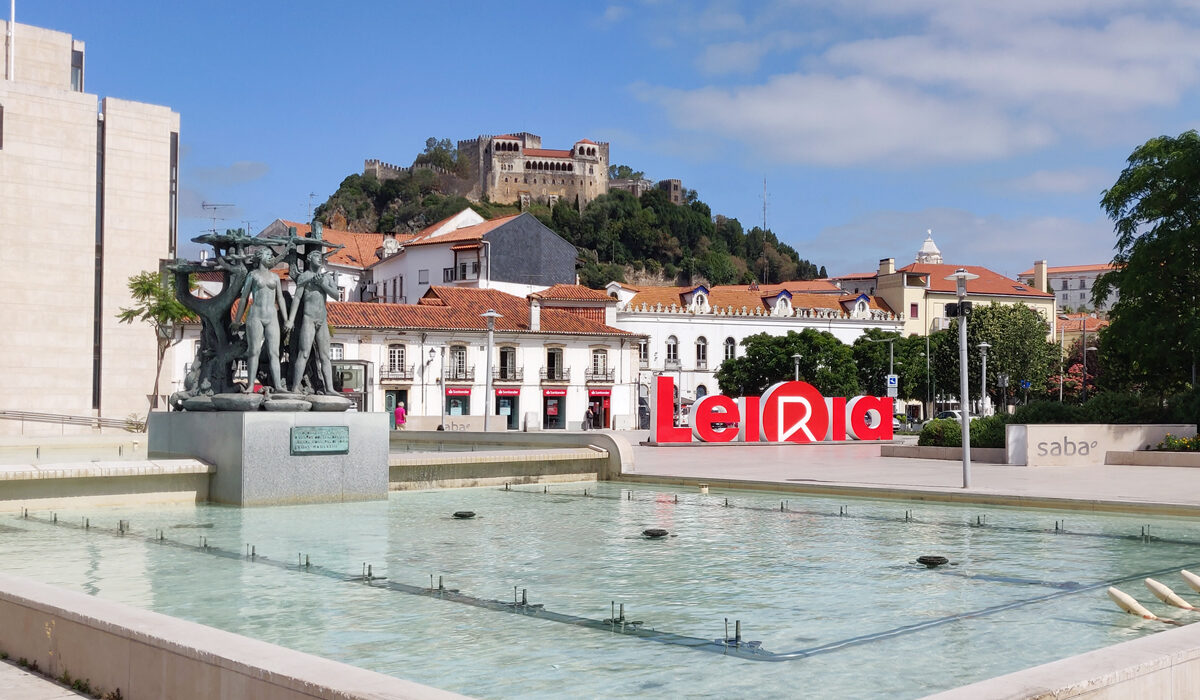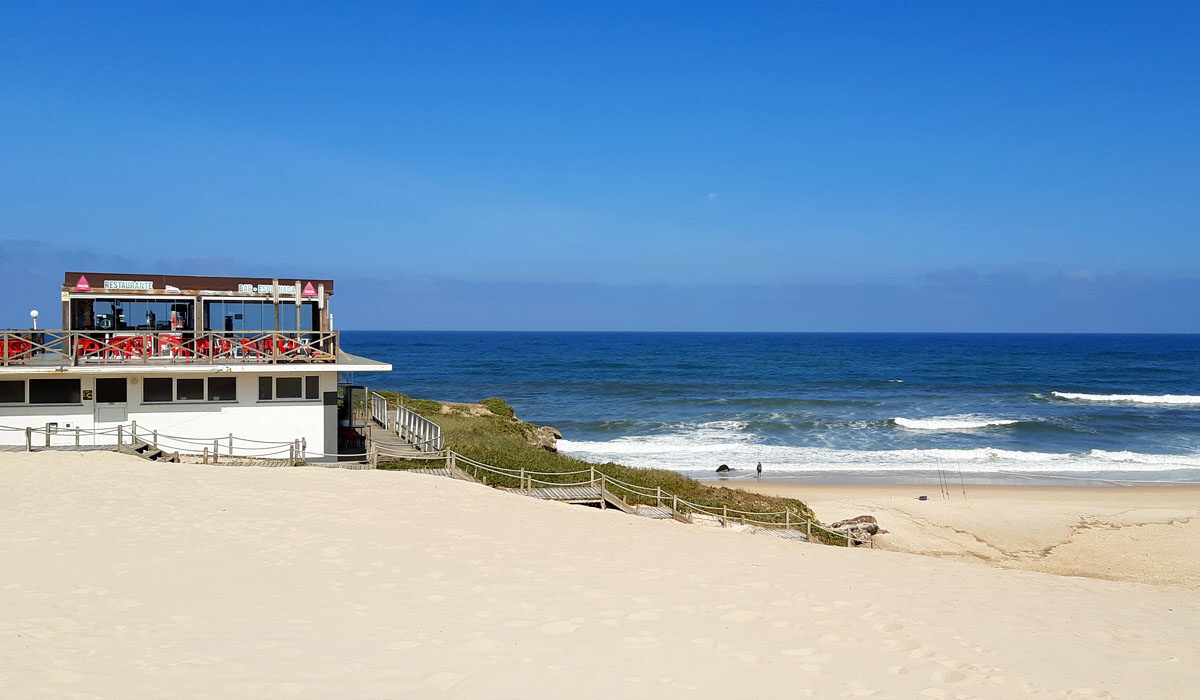Although not much is known about the origins of the city, it is known that this region has been occupied since the time of the lower Paleolithic. But the first proven occupants of the region were the Tudulos. The Romans also left their mark, establishing a settlement they called Collippo. The stones of the ancient Roman city were, in the Middle Ages, used to build part of the medieval city of Leiria. Even today the Roman inscriptions are visible on the stones of the castle.
Leiria has become the region's place of economic traffic control thanks to its strategic geographical position. With the region's growth, its importance has also increased, and the village was the scene of several courts. D. Dinis had the castle's keep erected, alongside a royal residence where he lived. He is also responsible for the creation of the Pine Forest of Leiria, from which was extracted the wood used for the naus of the Portuguese Discoveries.

A reflection of a past that has always sought innovation and development, today, Leiria is an expanding city, both economically and culturally. The main source of income comes from the tertiary sector, and trade, agriculture and industry are of great importance in the region. In the latter, the production industries of ceramics, plastics, molds and cements stand out. Construction and tourism also have an important economic weight in the region.
At the level of education, Leiria houses the Polytechnic Institute of Leiria, distributed throughout several centers throughout the county, as well as other cities in the district such as Caldas da Rainha, Marinha Grande and Peniche. There is also a good representation of primary, secondary and vocational schools.
With regard to transport and access, Leiria is linked to the most important motorways at national level, which give quick access to other important areas the country and allow the easy movement of people and goods. Leiria also has a bus network with regular transport, both fast, long distance and urban routes, which provide regular transport, not only within the city, but also to its parishes and neighboring cities. It is also served by an airfield and rail transport.

In tourism, Leiria offers program for all tastes and interests. From the beach, to the architectural and archaeological heritage, passing through paths in the middle of nature, there are many options you will find when visiting the county. In the municipality you will have the possibility to practice extreme sports, go family walks, or discover all the most hidden corners of the region.
The gastronomy of Leiria is marked by the use of local products from horticulture and pastoralism practiced by the populations. Thes rice blackpuddings, the megritos and the lentriscas roasted on the coals are among the ex-libris of this production.
The chanfana, the piglet in the style of Boavista, the bacalhoada with nabiça and broa migas, the cod with chícharos in the style of Santa Catarina da Serra, the ossinhos or the fried fish of Lis make the delights as main course. Next to the sea, seafood soups , grilled fresh fish and stews and, the ever-present, cod predominate.
For dessert, taste the breezes of Lis, the egg lamprey, the puffed eggs, the burnt chestnuts, the rice canudos of Leiria or the pine nuts dumplings.
Source: Leiria Town Hall